- Product Name: 120BX14 Relay Adder (600V)
- Model: CR120BX1
- Purpose: A component used to add relay-based switching capabilities in electrical systems.
- Voltage Rating: 600V
2. Function and Application
- Relay Adder:
- A relay adder allows the control of multiple electrical circuits by expanding the relay capacity in control systems.
- It typically functions to switch high-voltage or high-current circuits, often in industrial or commercial applications.
- Use Cases:
- Motor control circuits
- Overcurrent protection
- Automation systems
- Load management in industrial settings
3. Specifications
- Voltage: 600V maximum operating voltage
- Current Rating: Typically ranges based on the system it’s used in
- Relay Type: Usually electromechanical or solid-state relays
- Terminals/Connections: Connections for input, output, and control signals
- Operating Environment: Indoor or industrial settings with high electrical demand
4. Features
- High Voltage Support: Supports high-voltage circuits, typically up to 600V, to handle significant electrical loads.
- Multiple Channels: May support multiple relay control channels, allowing it to control more than one load or process at the same time.
- Automation Compatibility: Often used in automated systems or with PLCs (Programmable Logic Controllers).
- Protection Features: May include overvoltage, overcurrent, or short-circuit protection to ensure safe operation.
5. Wiring and Installation
- Wiring Diagram:
- Relays typically include input terminals for control signals and output terminals to control electrical loads.
- The wiring might also include auxiliary terminals for additional relay functions (such as NO/NC contacts).
- Installation Considerations:
- Proper grounding is essential to ensure safety and prevent electrical hazards.
- Must be installed in a location that allows for adequate ventilation and protection from dust or moisture.
6. Safety and Compliance
- Safety Standards: Compliance with industry safety standards such as UL, IEC, or other relevant certifications.
- Electrical Ratings: Ensure that the relay’s voltage and current ratings match the specifications of the controlled circuit to avoid failure.
7. Troubleshooting
- Common Issues:
- Relay not activating
- Incorrect wiring or short circuits
- Overheating due to excess load
- Diagnostic Tips:
- Check the control signal for proper voltage and polarity.
- Verify load connections and ensure the relay is within its rated limits.
- Inspect for damage or wear to contacts or the coil.

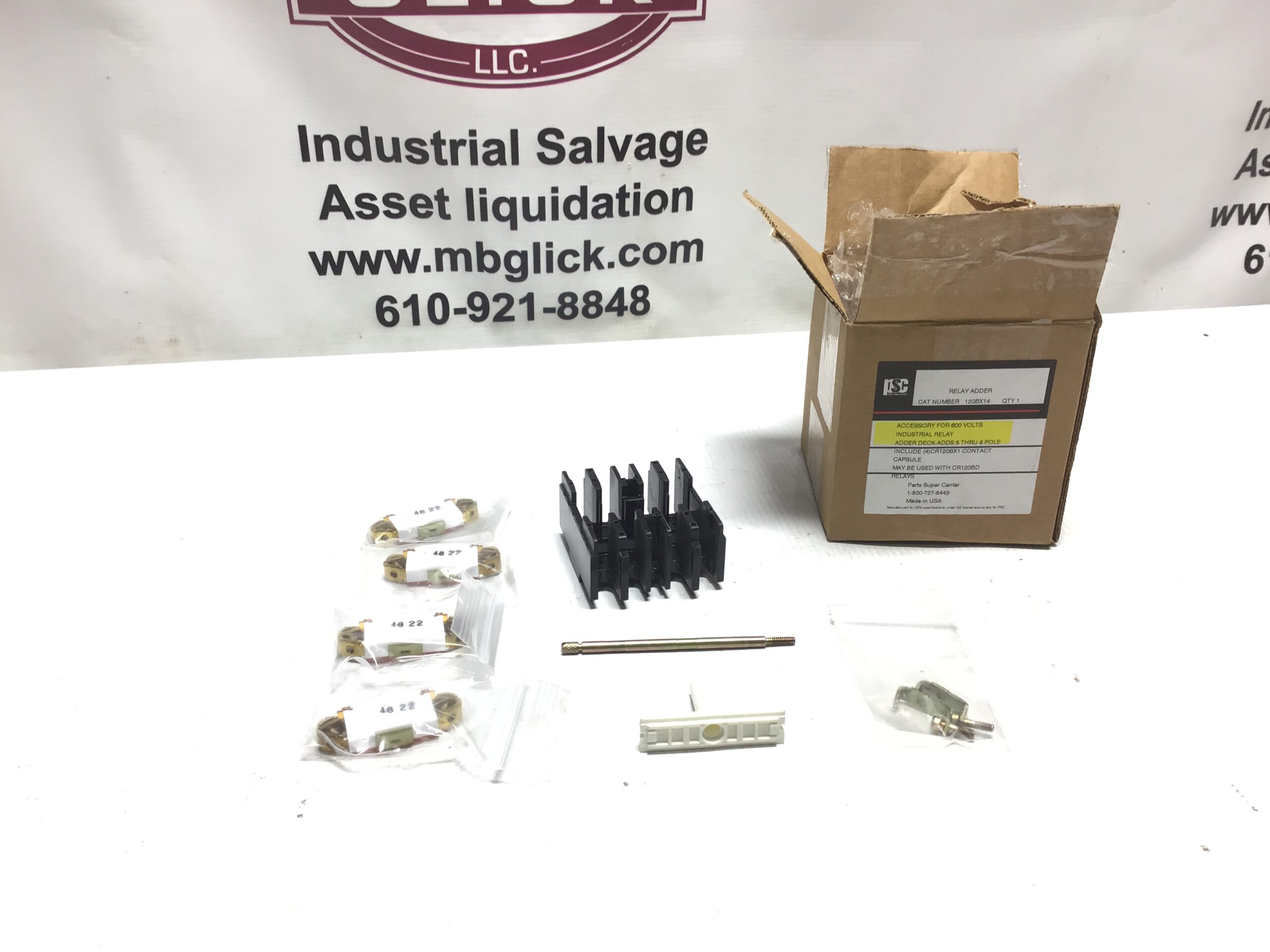
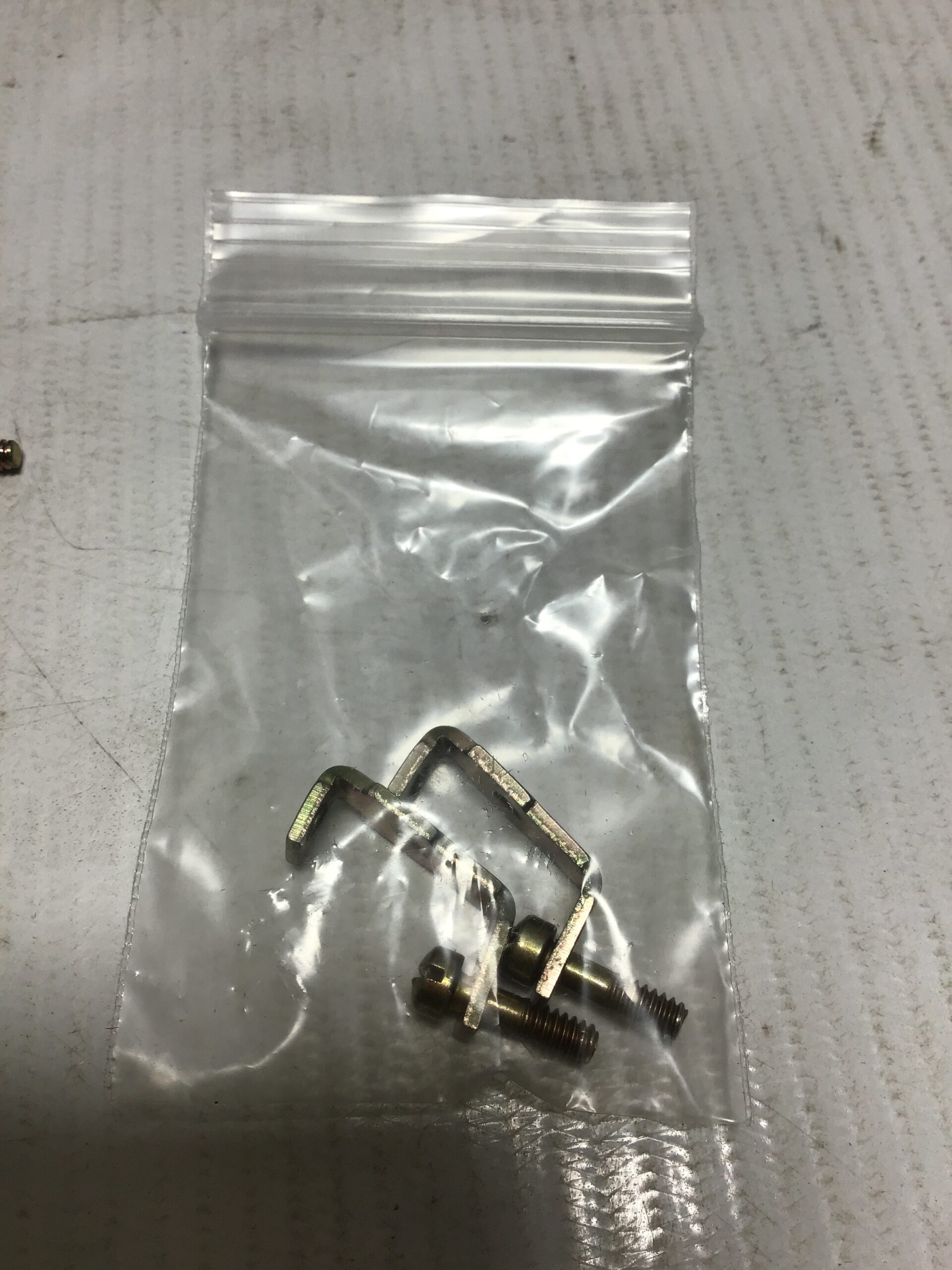
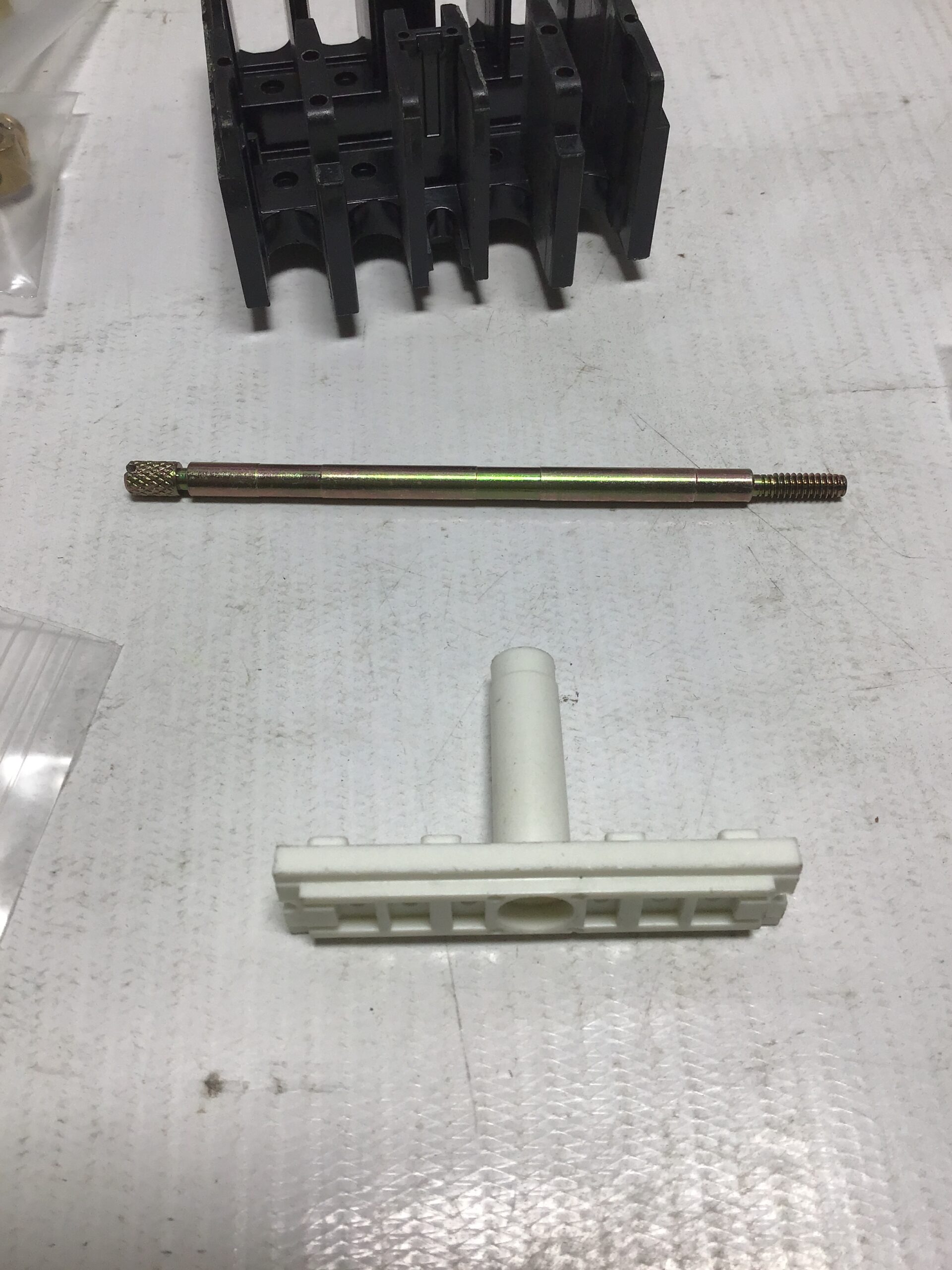
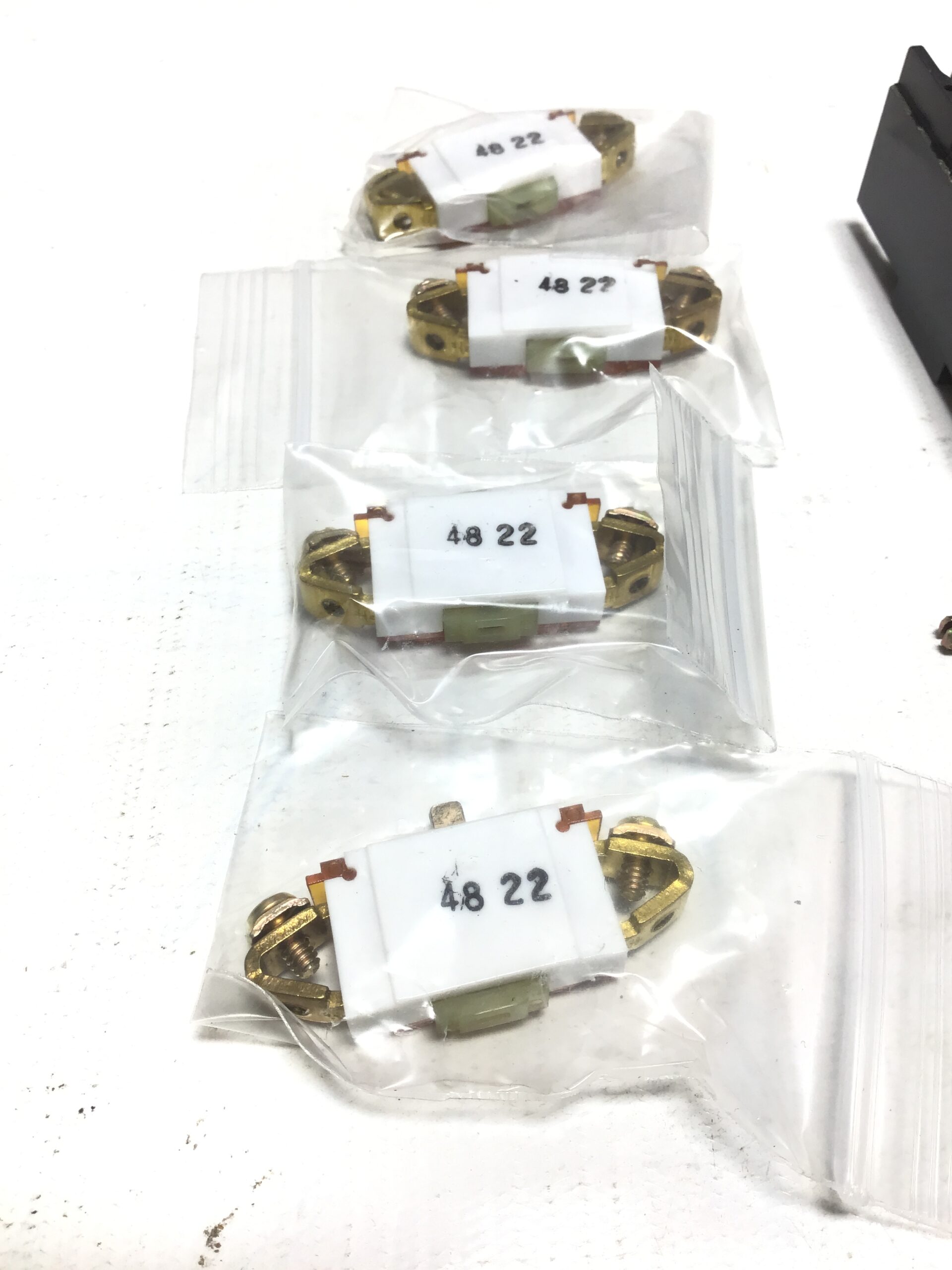
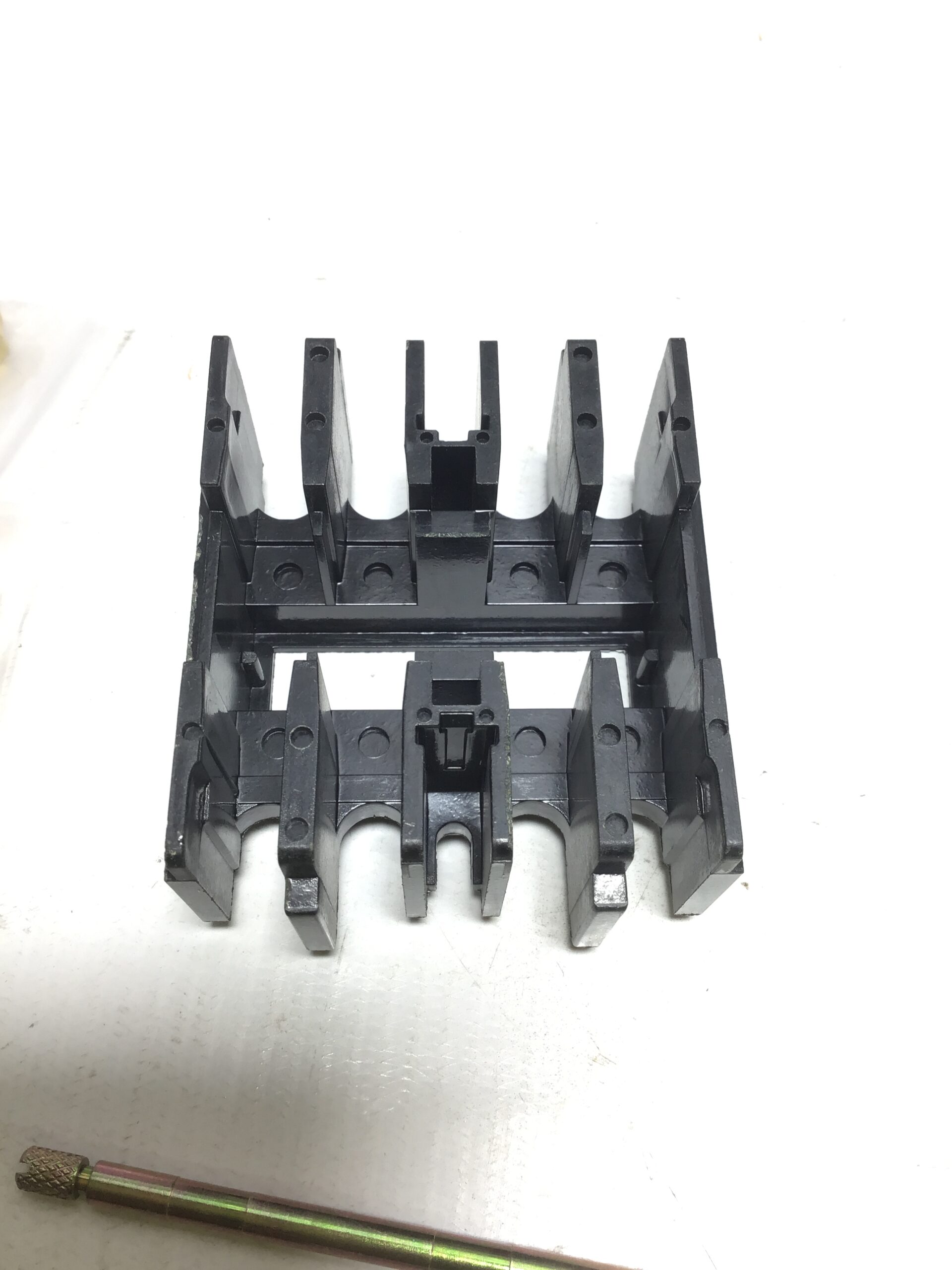
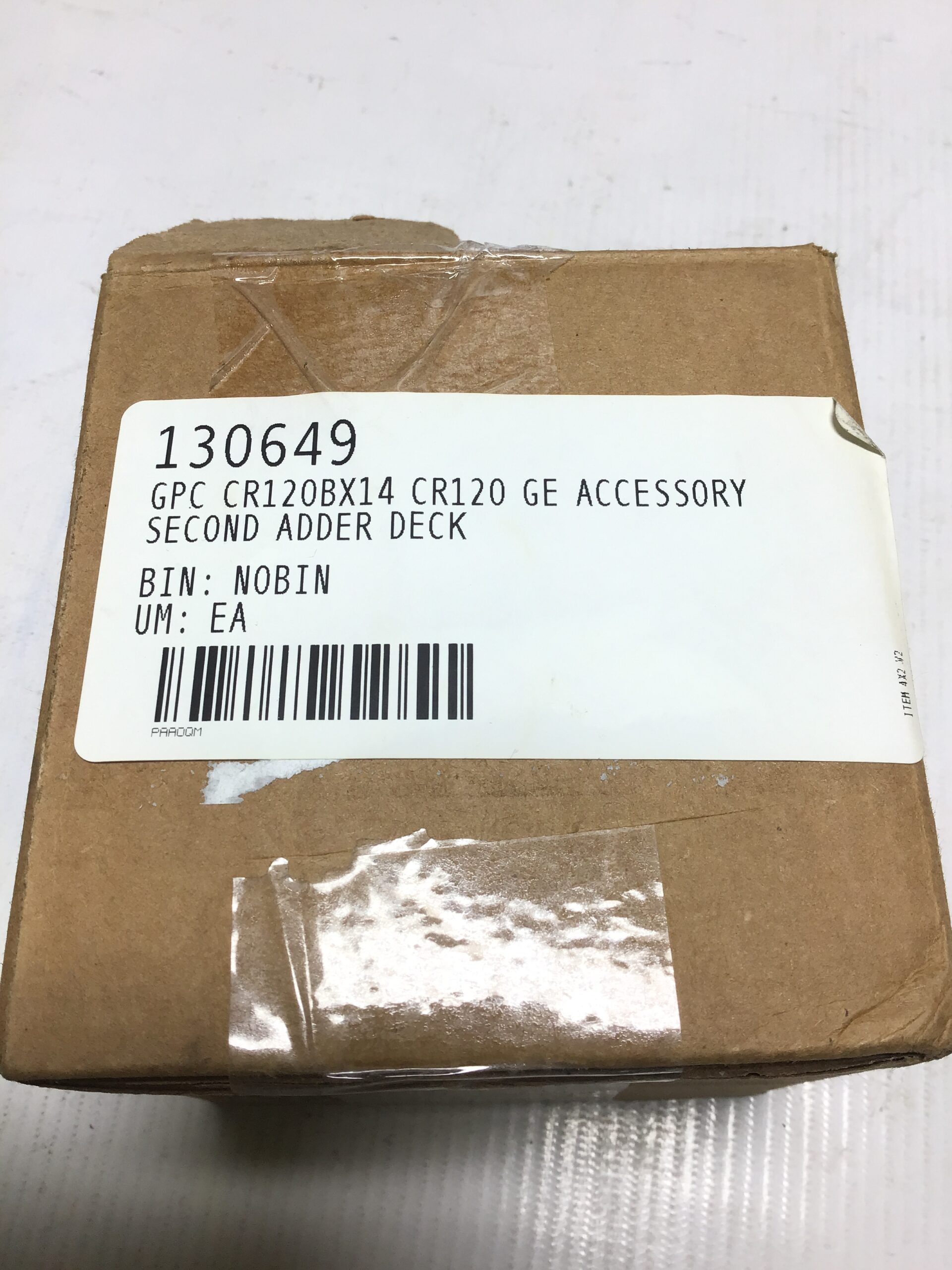
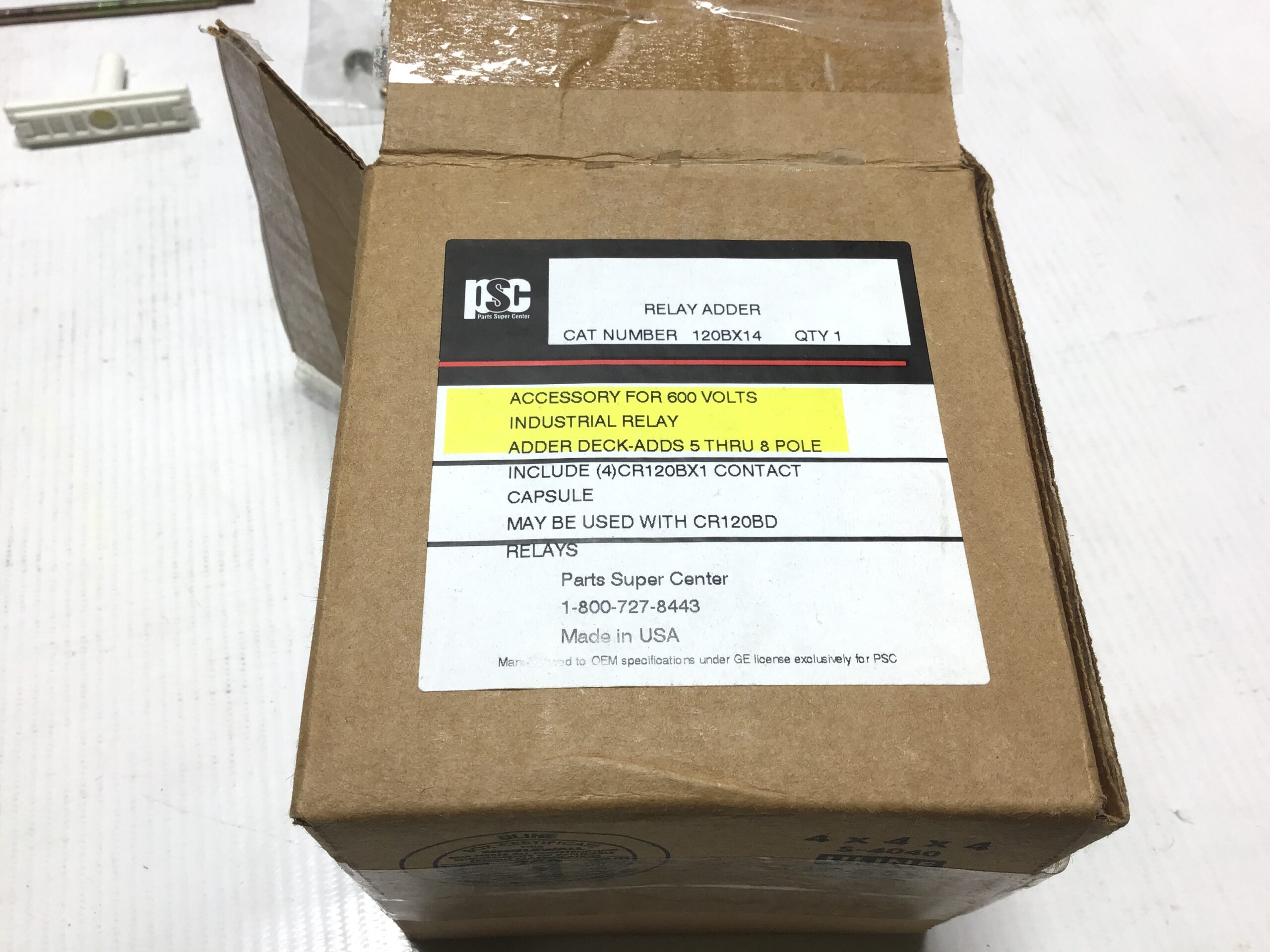
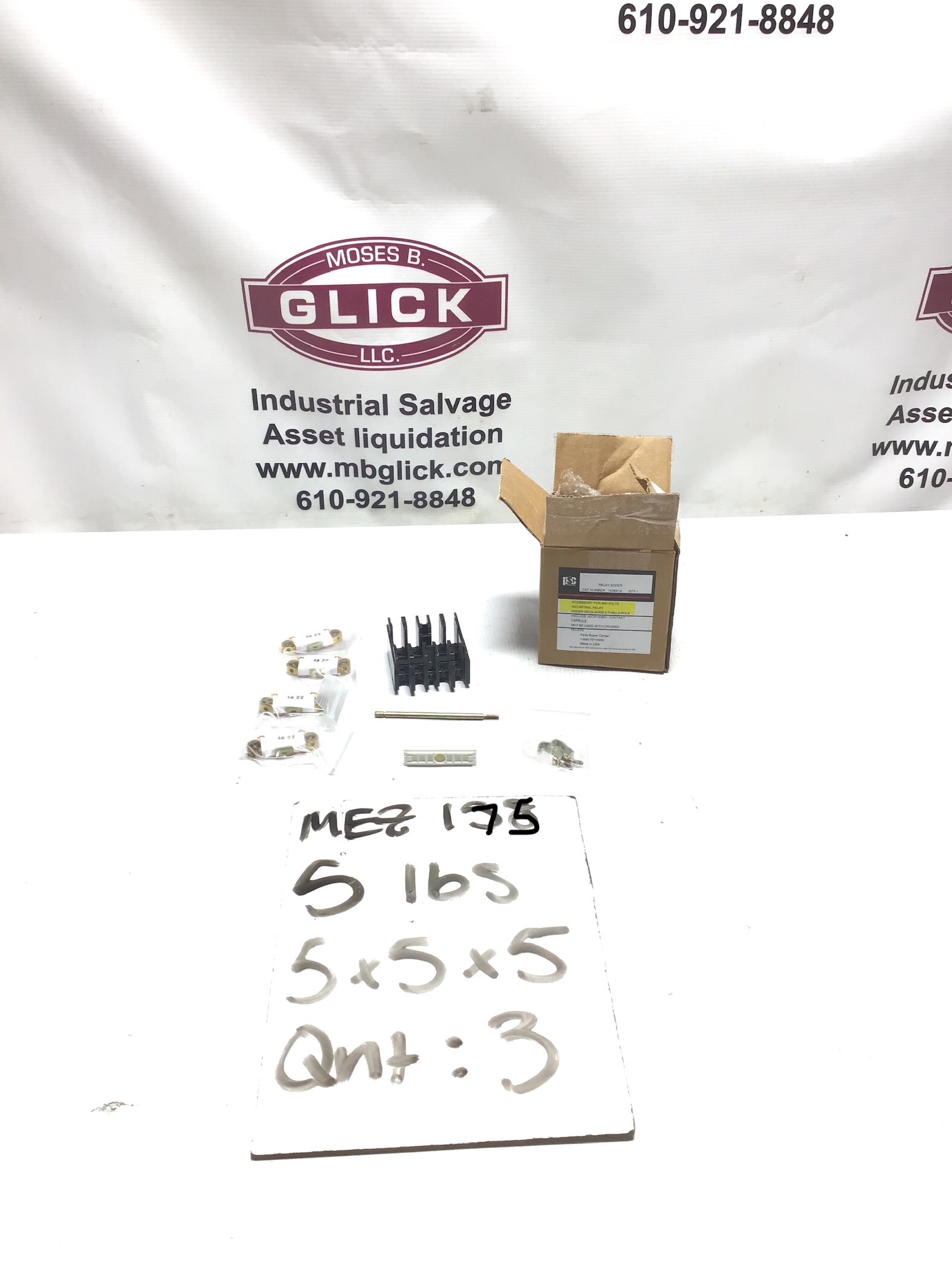

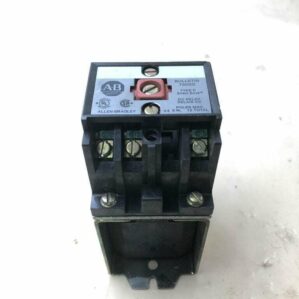
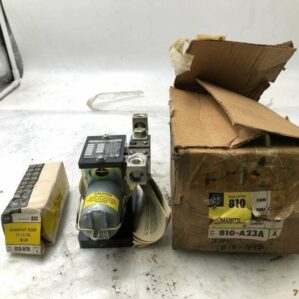
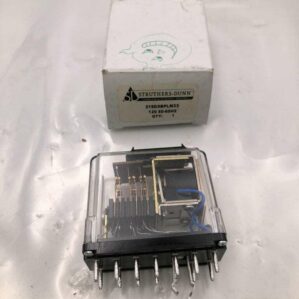
Reviews
There are no reviews yet.